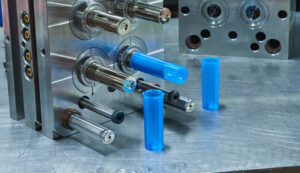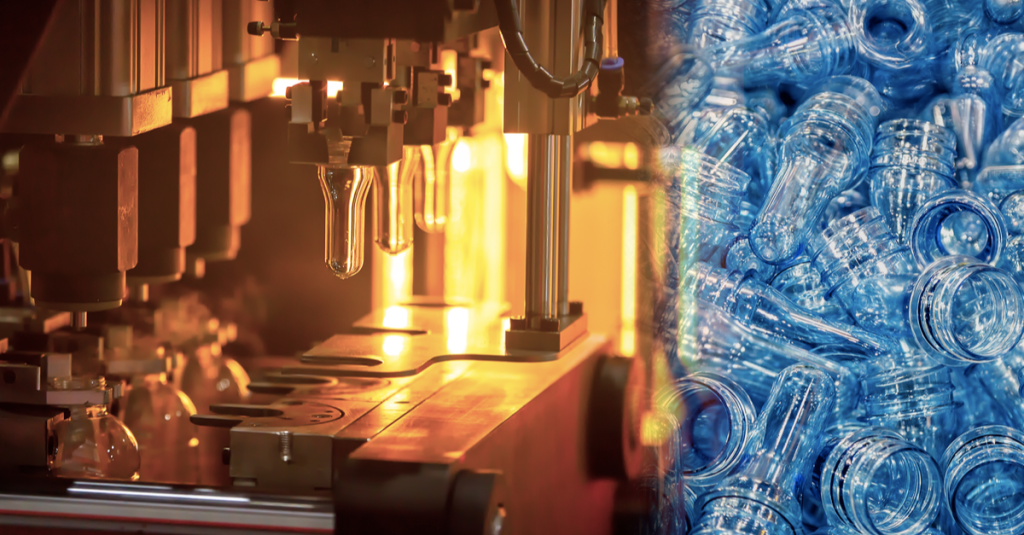
Plastic injection molding machines are integral to manufacturing processes that produce a wide range of plastic products. These machines vary based on their design, operation, and specific capabilities, enabling manufacturers to tailor production methods to meet diverse requirements. Below are the primary types of plastic injection molding machines:
Hydraulic Injection Molding Machines
Hydraulic machines are the most traditional type and have been widely used in the industry for decades. They utilize hydraulic cylinders to create the pressure needed for injecting molten plastic into molds. These machines are known for their robustness and ability to handle high clamping forces, making them suitable for large and heavy parts. Despite their efficiency in high-pressure molding, they consume more energy and require regular maintenance to prevent oil leaks and wear.
Electric Injection Molding Machines
Electric injection molding machines use servo motors instead of hydraulics, offering precise control and energy efficiency. They excel in applications requiring tight tolerances and repeatability, such as medical devices and electronic components. Electric machines are quieter and faster, with shorter cycle times compared to hydraulic machines. However, they might struggle with heavy-duty tasks that require extremely high clamping forces.
Hybrid Injection Molding Machines
Hybrid machines combine the benefits of hydraulic and electric technologies. They use electric motors for precision and speed while leveraging hydraulics for high clamping force. This blend allows manufacturers to achieve efficiency and versatility. Hybrid machines are well-suited for industries like automotive and consumer goods, where a balance of performance and cost-effectiveness is crucial.
Vertical Injection Molding Machines
Unlike traditional horizontal machines, vertical injection molding machines inject plastic vertically. They are ideal for insert molding, where pre-fabricated components (like metal parts) are placed into the mold before injection. These machines save space and are often used for over-molding processes in industries such as electronics and medical devices.
Two-Shot or Multi-Component Injection Molding Machines
These machines allow the simultaneous molding of two or more materials in a single cycle. By combining different colors or materials, they create complex parts with enhanced functionality or aesthetics. Common applications include automotive interiors, multi-material tools, and consumer products. The process improves efficiency and reduces assembly requirements.
Micro-Injection Molding Machines
Micro-injection molding machines are designed to manufacture extremely small and precise plastic parts, often weighing just a few milligrams. They are used in industries like healthcare, electronics, and aerospace, where miniature components are essential. These machines offer high precision, but their smaller molds and clamping forces limit them to niche applications.
Gas-Assisted Injection Molding Machines
In gas-assisted molding, an inert gas (such as nitrogen) is injected into the mold along with molten plastic. This technique reduces material use, minimizes part weight, and enhances surface finish while maintaining structural integrity. These machines are commonly used in the automotive and furniture industries for lightweight, hollow products.
Liquid Silicone Rubber (LSR) Injection Molding Machines
These machines are specifically designed for molding liquid silicone rubber, which requires precise temperature control and specific tooling. LSR molding is used in medical, automotive, and consumer applications, offering flexibility, durability, and biocompatibility.

